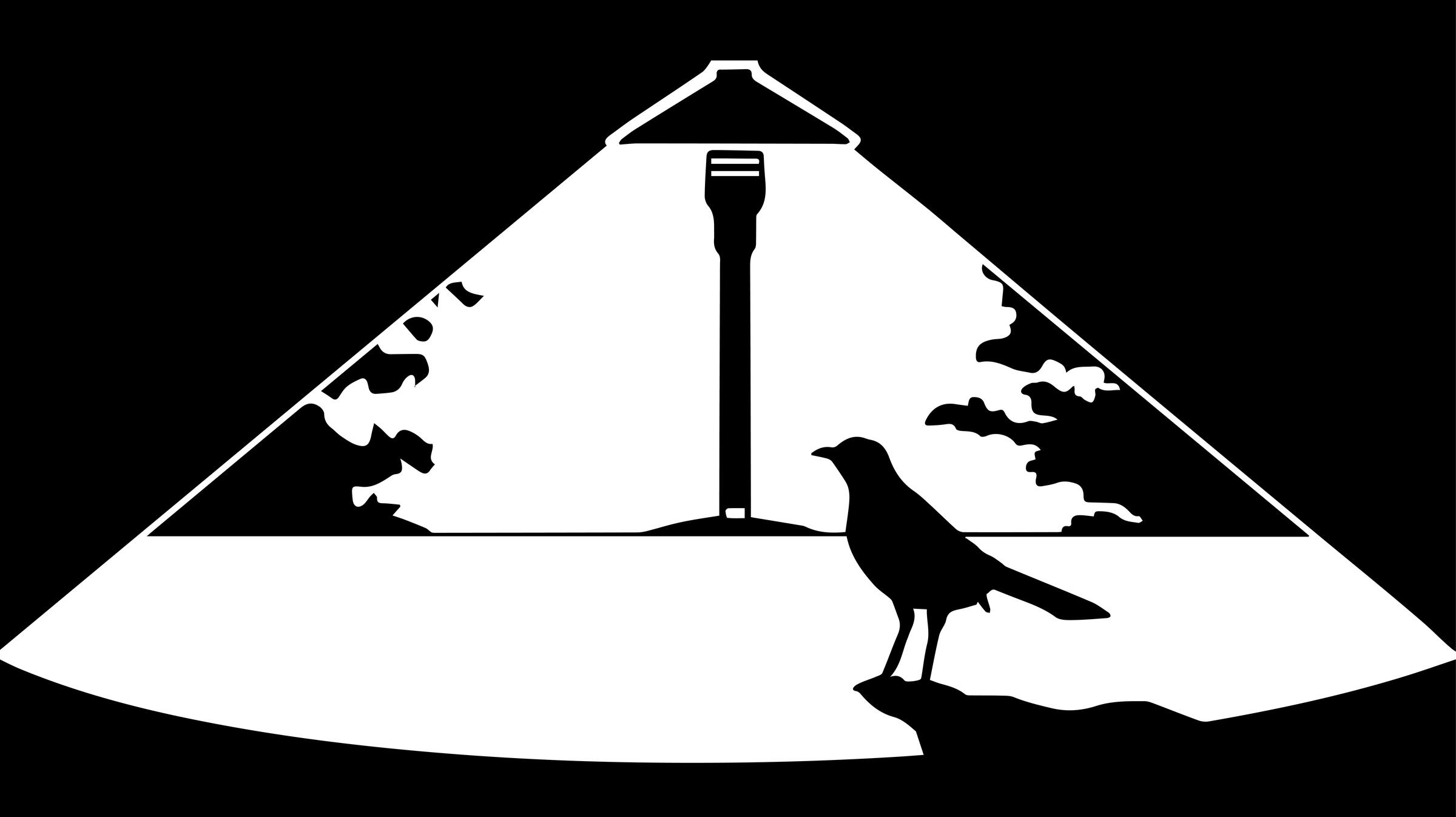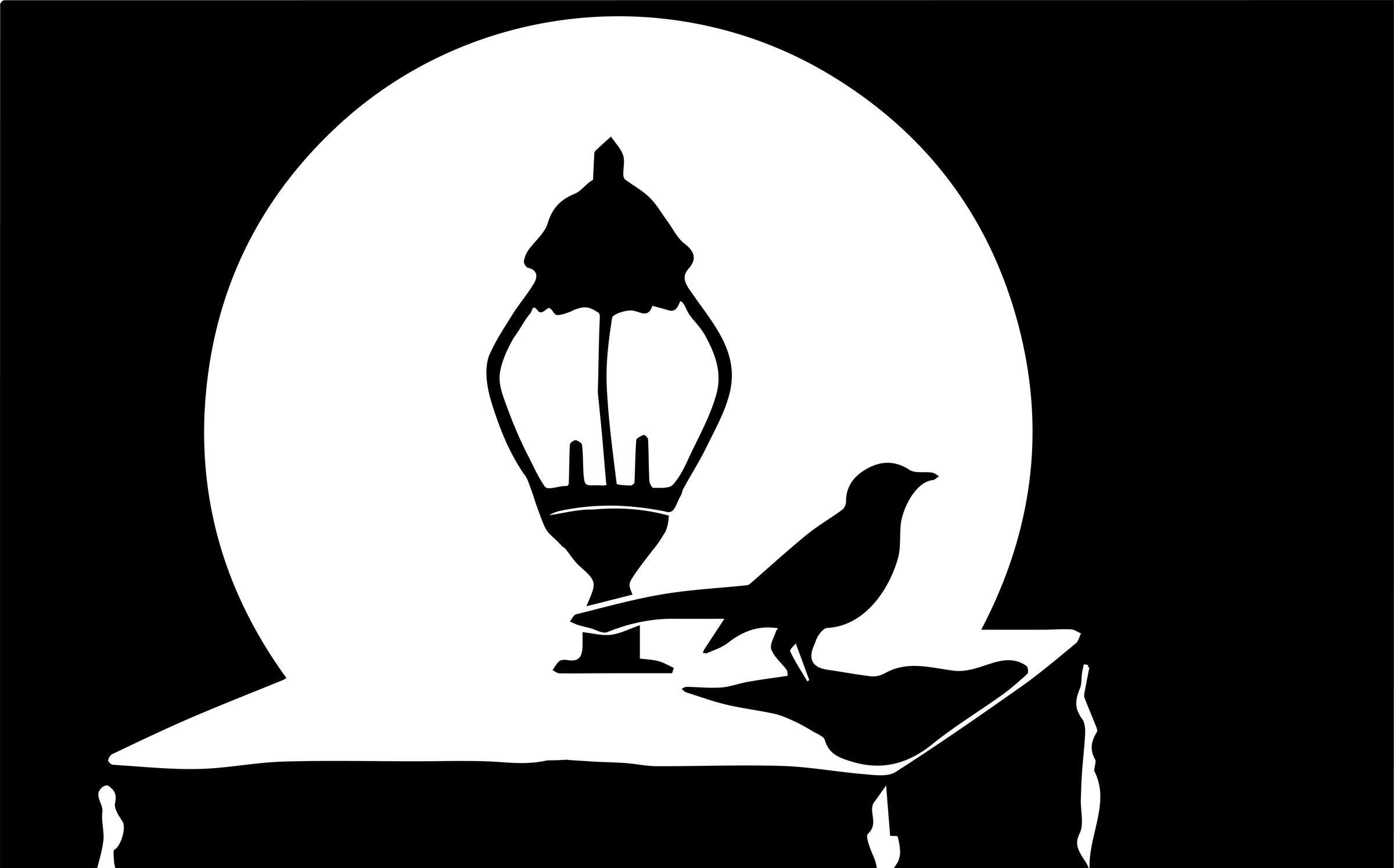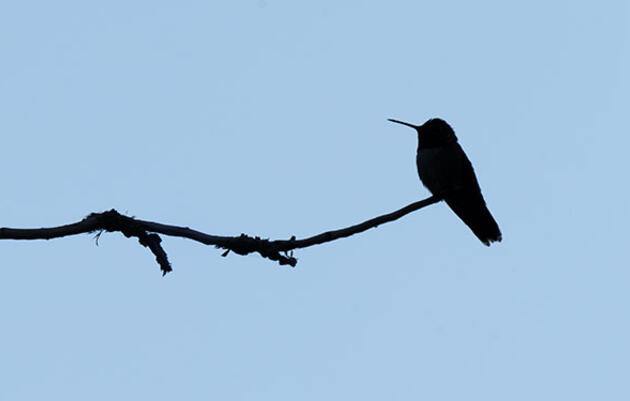For time untold, migratory birds have embarked on miraculous, treacherous migrations between their breeding and wintering grounds every spring and fall. It’s only recently that humans have begun to truly understand the marvel and mystery behind these movements. We now know that more than 80 percent of terrestrial migratory birds travel at night, using stars and other factors to navigate through the safety of darkness. But there’s a relatively new threat in town—literally—and many of us are contributing to it without even knowing.
An Upended Sky
If you’ve ever tried to stargaze in the haze of a bright city, you know there is little to see. The shine of millions of city lights culminates in sky glow, drowning out the stars and seemingly upending the night sky. If you’re a migratory bird who uses the stars to navigate, that’s a real problem. These birds can be drawn into the light, where they become trapped in the maze of a brightly lit city. Some collide with buildings and windows, while most circle buildings, calling out in confusion until they exhaust themselves. Many never escape.
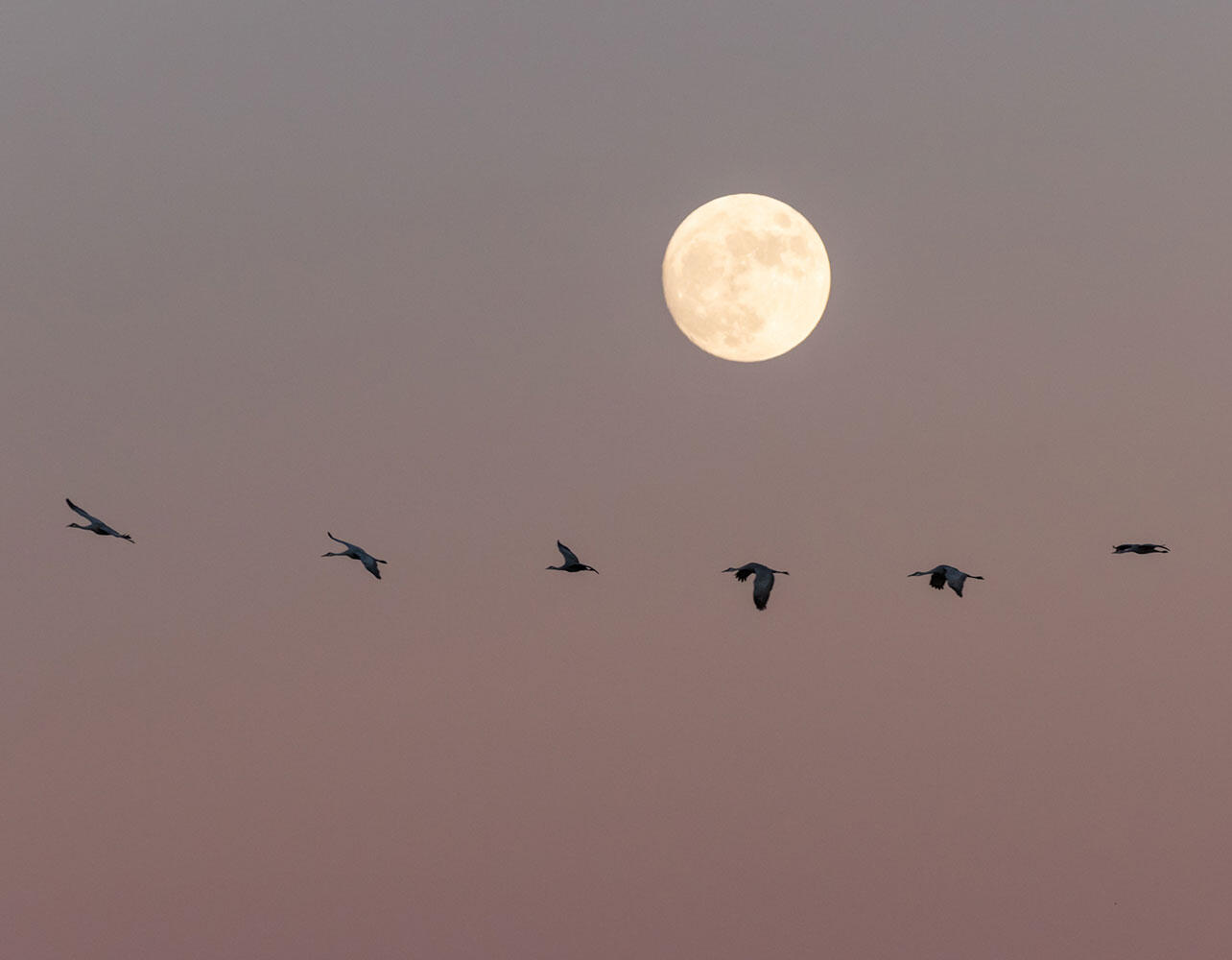
The threat that light pollution poses to migratory birds is a relatively recent discovery and quite an alarming one, but luckily the solution is simple: reduce the amount of light that reaches the night sky. To help migratory birds travel safely, consider these bird-friendly lighting choices for light fixtures on and around your home.
Install Shielded Lights
Artificial light can reach the night sky when light fixtures are unshielded. The design of unshielded lights allows them to shine in all directions, including upwards. Shielded lights, on the other hand, are designed to funnel light downwards, away from the night sky, and minimize glare and sky glow. By installing shielded light fixtures on and around your home, you can keep light directed downward, where you need it, and away from the night sky, where it contributes to light pollution and threatens birds.
The International Dark-Sky Association’s (IDA) Outdoor Lighting Basics page offers dozens of examples of shielded versus unshielded light designs, many of which can be found at home-improvement stores. IDA’s Fixture Seal of Approval program certifies dark sky-friendly outdoor lighting fixtures that reduce light pollution. You can find dark sky-friendly and bird-friendly residential lighting options on their website. It’s important to note that purchasing shielded lights as designed by the manufacturer is the only safe and effective way to shield lights. Retroactively fitting a light fixture with non-manufacturer shields can interfere with the light’s inner wiring and cooling processes, posing a fire risk.
Swap Out Your Lamps
If you’re unable to replace your unshielded lights with shielded ones, there are still options for making your outdoor lights more bird-friendly. Choosing the right lamp, more commonly referred to as a ‘light bulb,’ can help reduce light pollution as well. When choosing light bulbs, be mindful of how much light they’ll put out. Pay attention to the level of lumens, which measures how much light is given off, rather than watts, which only tell you how much energy the lamp uses. Light bulbs with lower lumens won't emit as much light into the sky but are still bright enough for many home uses.
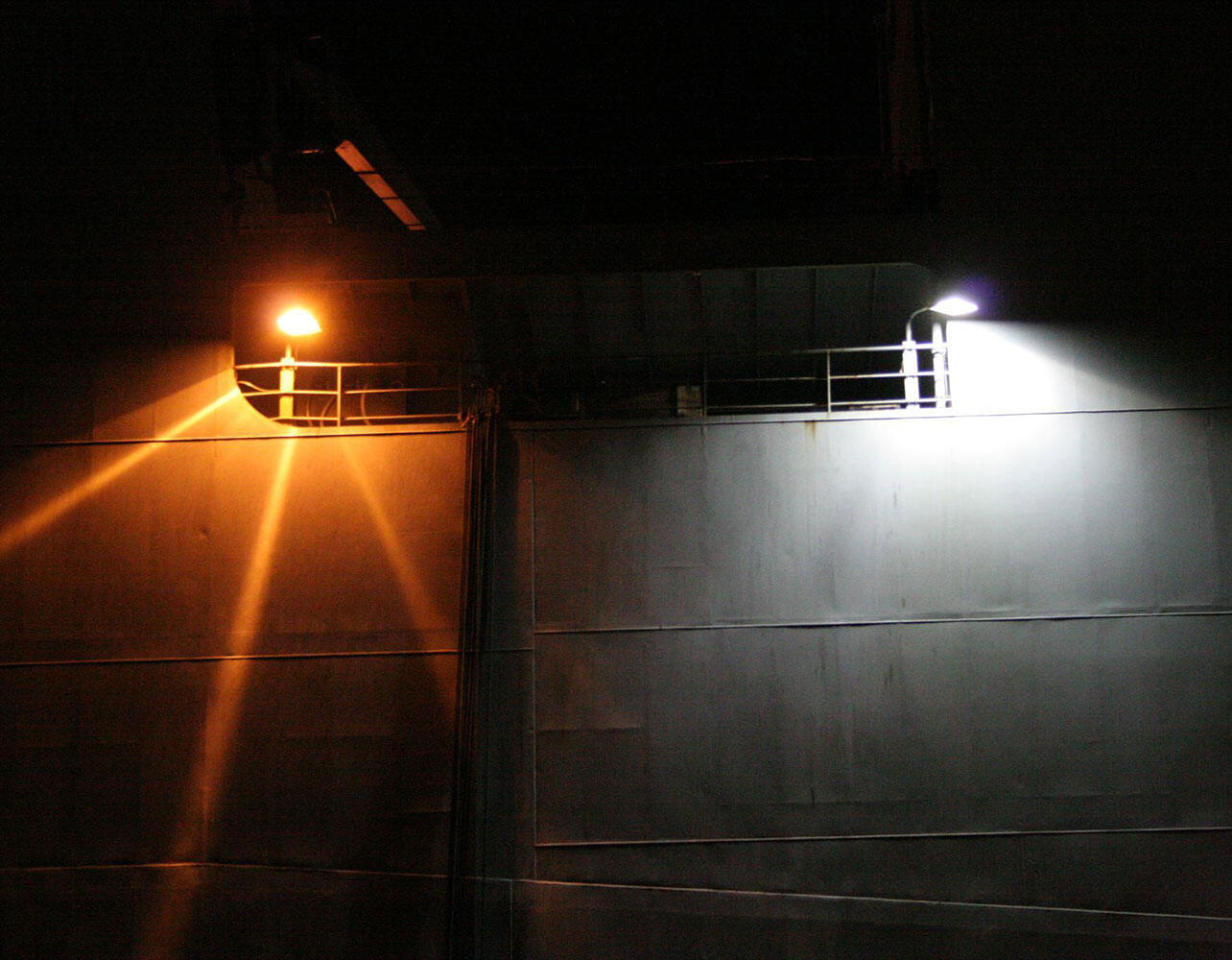
It’s not just the brightness of your light bulbs that you should check, though. The color of your lights matters too. LED lights can emit high levels of cool, blue light, which has a relatively far reach and has also been shown to negatively affect wildlife behavior and reproduction. This means more light pollution penetrates the night sky and disturbs not just migratory birds, but other wildlife as well. Whenever possible, opt for warm-colored lights that have a shorter reach and fewer negative effects on wildlife. For this, Pete Strasser, technical director at IDA, recommends choosing lights in the range of 2100-2200 Kelvin, a measure of color temperature.
Does It Need to Be On?
Depending on your needs, turning lights off can be the simplest solution to reducing light pollution on your property. Often, there are lights we turn on just out of habit, not thinking about their purpose. With each light, ask yourself: does this really need to be on? You may realize that it doesn’t, or at least not all of the time. Many outdoor lights are well-suited for timers or motion sensors, only turning on when you need them. And if the light isn’t needed at all—great!—flip the switch to ‘off’ and your work is done!
Taking time to assess the lights on and around your home is the first step towards making them bird-friendly. Get started with IDA’s step-by-step home outdoor lighting assessment to see if there are ways your outdoor lighting can be improved. Installing shielded lights is a great way to limit how much light escapes your property into the night sky. But even smaller actions like changing out cool, blue lamps for gentler, warmer ones—or simply turning off lights altogether—reduce light pollution. With every improvement, we dim the city and put the stars back in the sky, where migratory birds can once again follow them home safely.
Thank you to Isabelle Pardew for creating the illustrations for this piece.




